Frederica Freyberg:
Some say there are big problems with the way Wisconsin goes about redistricting every ten years. And it matters, whatever party you vote with. UW-Madison professor of political science Ken Mayer has been an expert witness on redistricting and a scholar on the process. He joins us now. Thanks for doing so.
Ken Mayer:
Glad to be here.
Frederica Freyberg:
You know, when people start talking about redistricting, eyes kind of glaze over, but how important is how it’s done.
Ken Mayer:
It is a process issue. The reason it’s important is it sets the shape of the districts and essentially how citizens are represented in the legislature for the next ten years, when they’re redrawn again after the following census. And a combination of computing technology and geographic information systems have made it so easy and so efficient to so carefully calibrate the districts that things are becoming more partisan and more gerrymandering in states where the legislatures control the process.
Frederica Freyberg:
So we talk about it being more gerrymandered and more partisan, but why is that a problem?
Ken Mayer:
It can be a problem because in effect you have legislators, and both Democrats and Republicans do it. You have legislators making decisions about how they are going to draw district lines. And there’s an old saw that says in the old days voters use to choose their representatives. These days representatives choose their voters. And there are a number of pathologies that come from that. Not just uncontested districts, but also legislatures that are unresponsive when voters change their minds. And you can have significant shifts in statewide voting patterns with little or absolutely no changes in the legislature. And that degree of unresponsiveness poses a challenge.
Frederica Freyberg:
Now, in 2012 you tell me that Republicans got 46% of the presidential vote, but 61% of assembly seats. So is that redistricting?
Ken Mayer:
That’s part of it. So one of the ways the Republicans were able to efficiently redistrict or gerrymander is that they concentrated Democrats into a small number of districts where many of them had overwhelming advantages. In fact, think there were 14 Democratic districts where there was no Republican challenger, as opposed to only three Republican districts where there was no Democratic challenger. By concentrating those Democratic votes into a smaller number of districts, you assure that those Democrats win overwhelmingly. But in most of the close races Republicans won. There were only a handful of even remotely competitive races that Democrats won, and that’s because Republicans were more efficiently distributed in a larger number of districts that they could win.
Frederica Freyberg:
Is this just about partisans though now being upset that the Republicans had their way this time around, and wouldn’t a Democratic majority do the very same thing?
Ken Mayer:
Almost certainly. In states where the Democrats control the legislature, you see the same kinds of patterns. I think one of the reasons this particular round was unusual is the degree of success. The swing ratio or the difference between the statewide vote and the number of seats is actually quite high, even by historical standards.
Frederica Freyberg:
Now, if a voter in a Republican district, in a packed safe Democratic district say, or vice versa, doesn’t it leave them in a position where their vote doesn’t count?
Ken Mayer:
In the assembly race, that’s true. And you do see a drop-off. In a Milwaukee district or an overwhelming Republican district, you still have Democrats and Republicans in both of them and that’s reflected in the vote for a, say, statewide race, governor, president, senator. But you do see a significant drop-off. There are a lot fewer people who vote in the assembly races in uncontested districts. Because if you're a Republican you're not going to want to vote for a Democrat. You just abstain, and vise versa. So you do see a falloff, and you do see voters feeling like they have no say in those races.
Frederica Freyberg:
Not good for representative government.
Ken Mayer:
It isn’t, that’s true.
Frederica Freyberg:
Now, the next opportunity for redistricting is 2021? It sounds like a really long way off, but people interested in reform say that time is short, actually. Why is there so little traction from lawmakers on this?
Ken Mayer:
Well, from a lawmaker’s perspective, they like it. If you’re in a majority when you draw the districts, that gives you a tremendous amount of power. And what matters is whether you think you are going to have that power in the next election cycle. Democrats had a chance to enact redistricting reform in 2010, to create a system similar to Iowa’s, and they opted not to in large part because they thought they were going to still be in control of the legislature after the 2010 elections, or at minimum, control one of the branches, in which case it would go to a federal courts. The closer you get to that time period, the more likely people are going to think that they’re going to be in control. And if they are, they’re going to be very unlikely to want to give that up.
Frederica Freyberg:
Ken Mayer, thanks very much.
Search Episodes

Donate to sign up. Activate and sign in to Passport. It's that easy to help PBS Wisconsin serve your community through media that educates, inspires, and entertains.
Make your membership gift today
Only for new users: Activate Passport using your code or email address
Already a member?
Look up my account
Need some help? Go to FAQ or visit PBS Passport Help
Need help accessing PBS Wisconsin anywhere?

Online Access | Platform & Device Access | Cable or Satellite Access | Over-The-Air Access
Visit Access Guide
Need help accessing PBS Wisconsin anywhere?

Visit Our
Live TV Access Guide
Online AccessPlatform & Device Access
Cable or Satellite Access
Over-The-Air Access
Visit Access Guide
 Passport
Passport

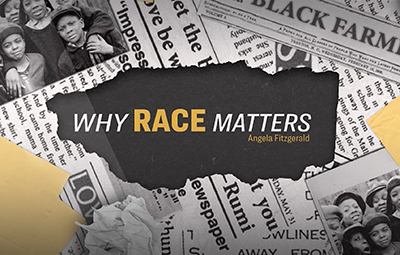



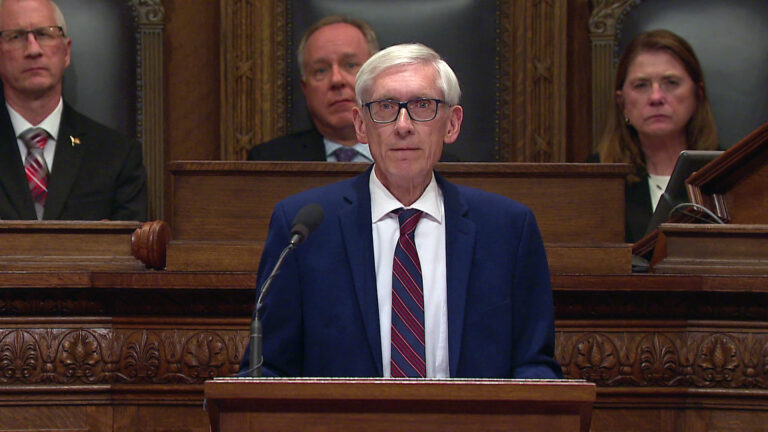
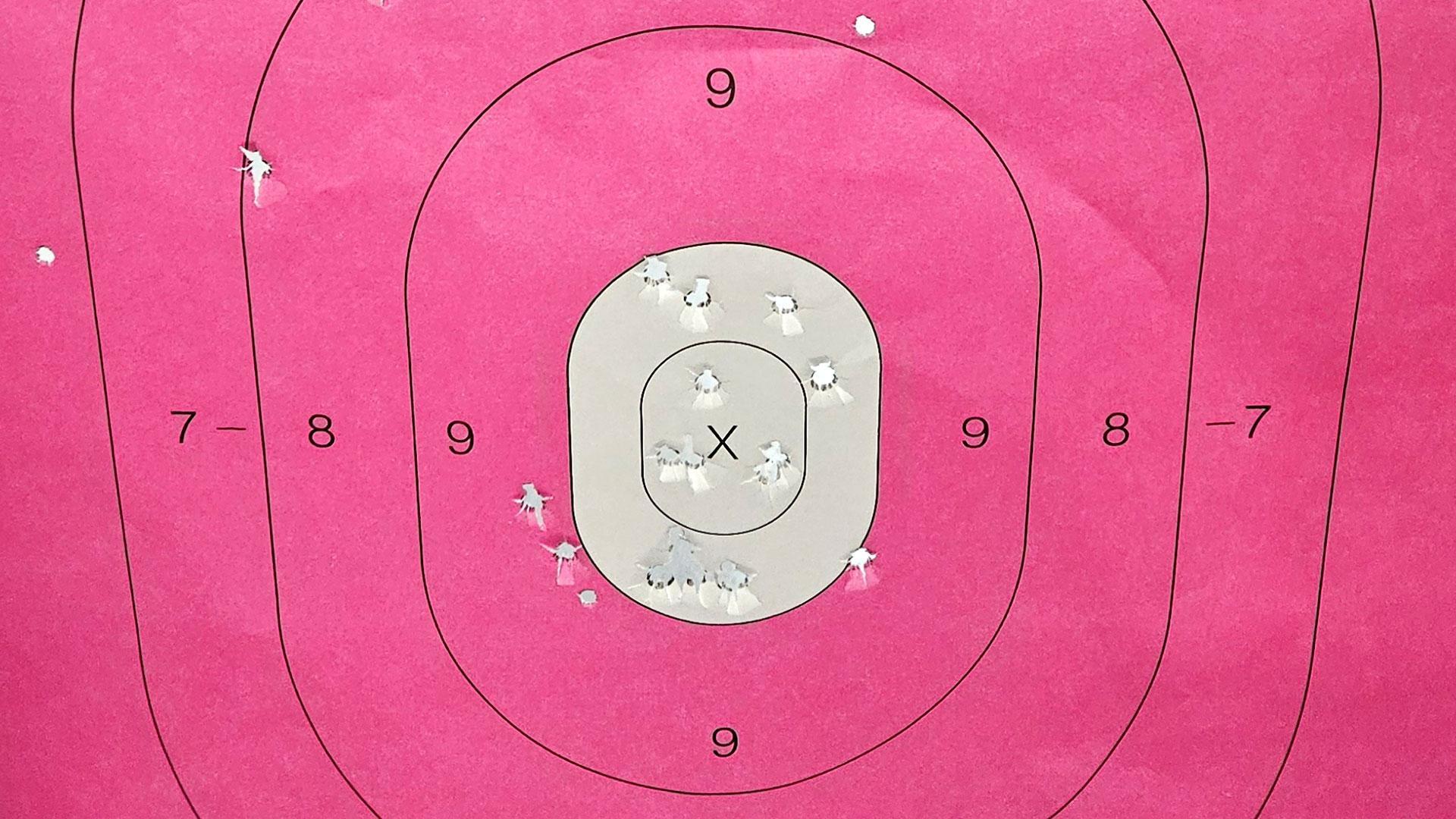
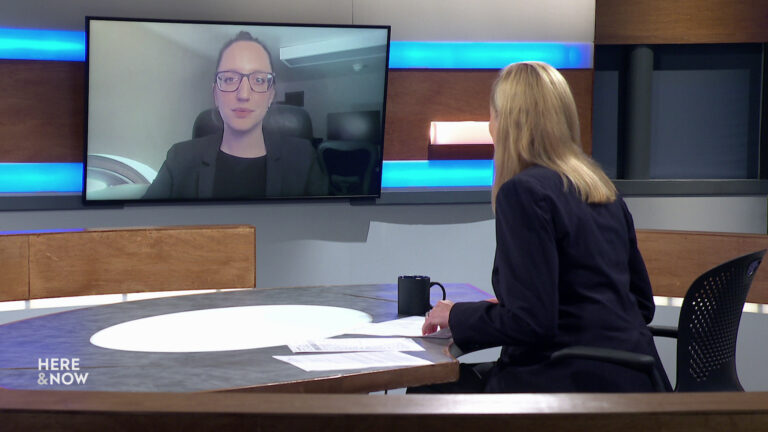

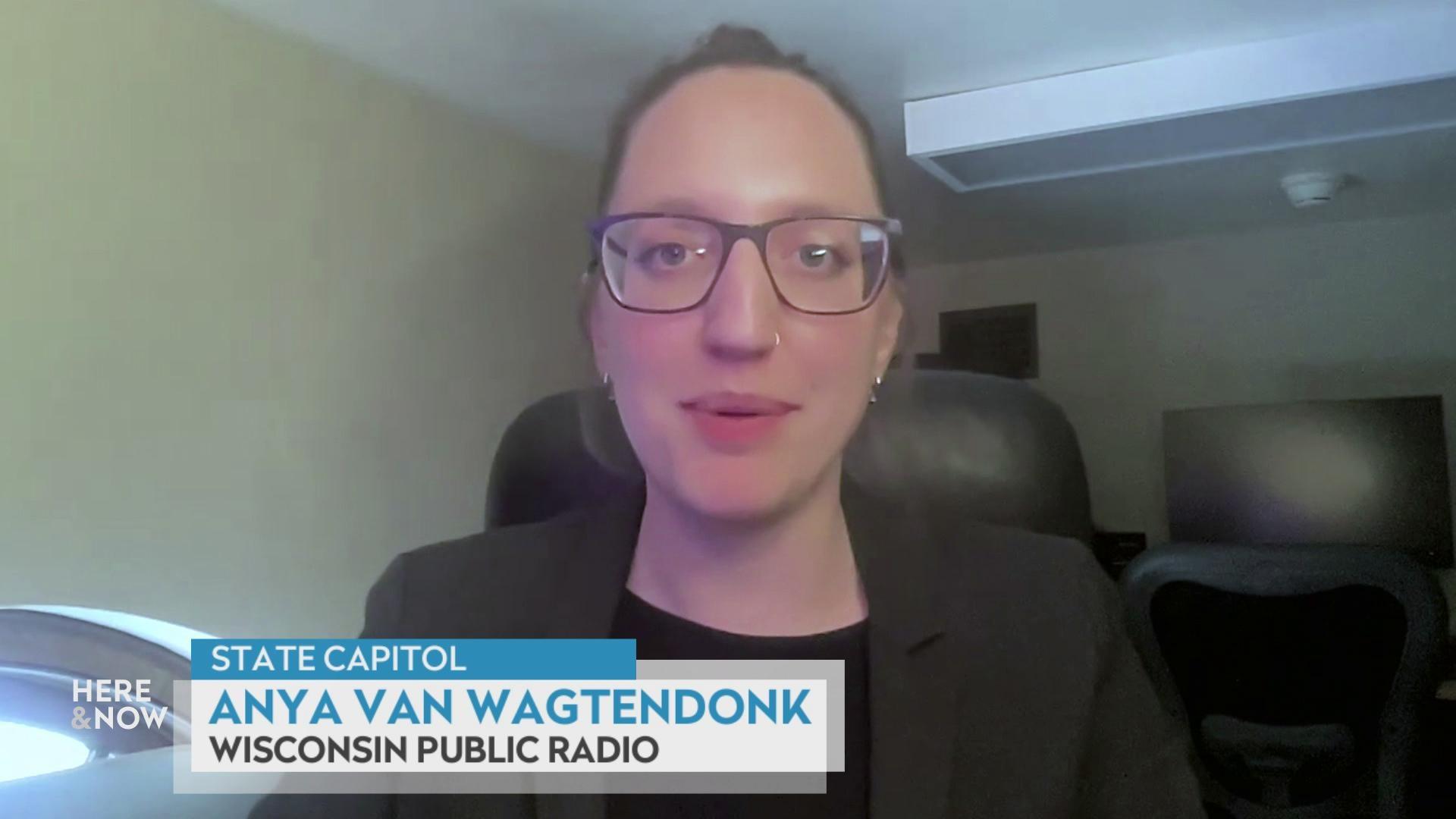
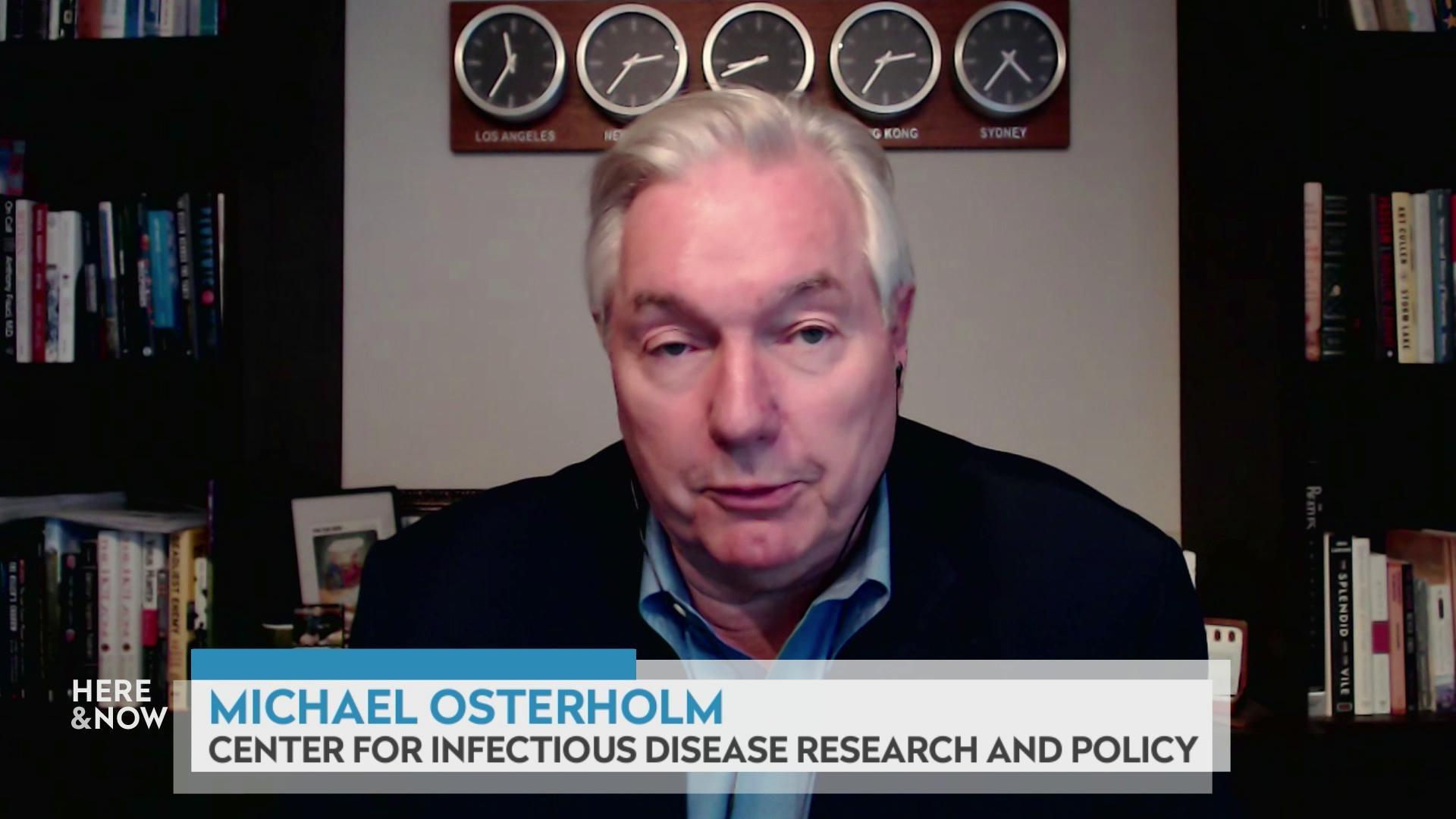

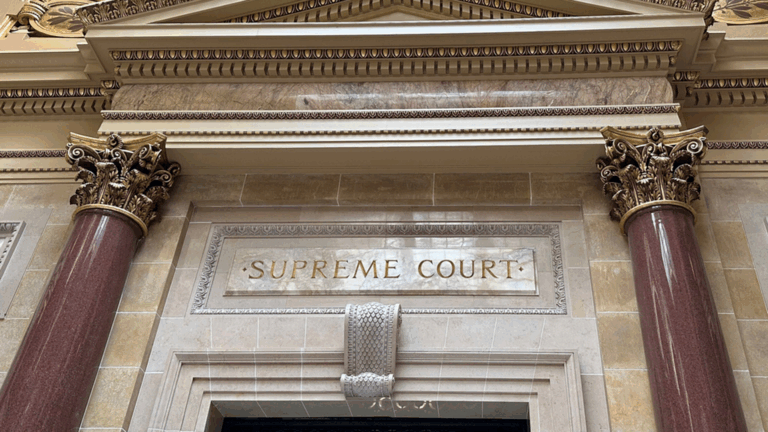
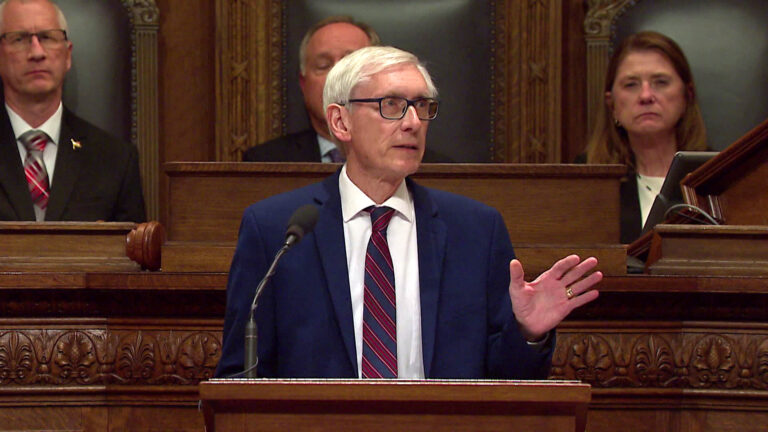
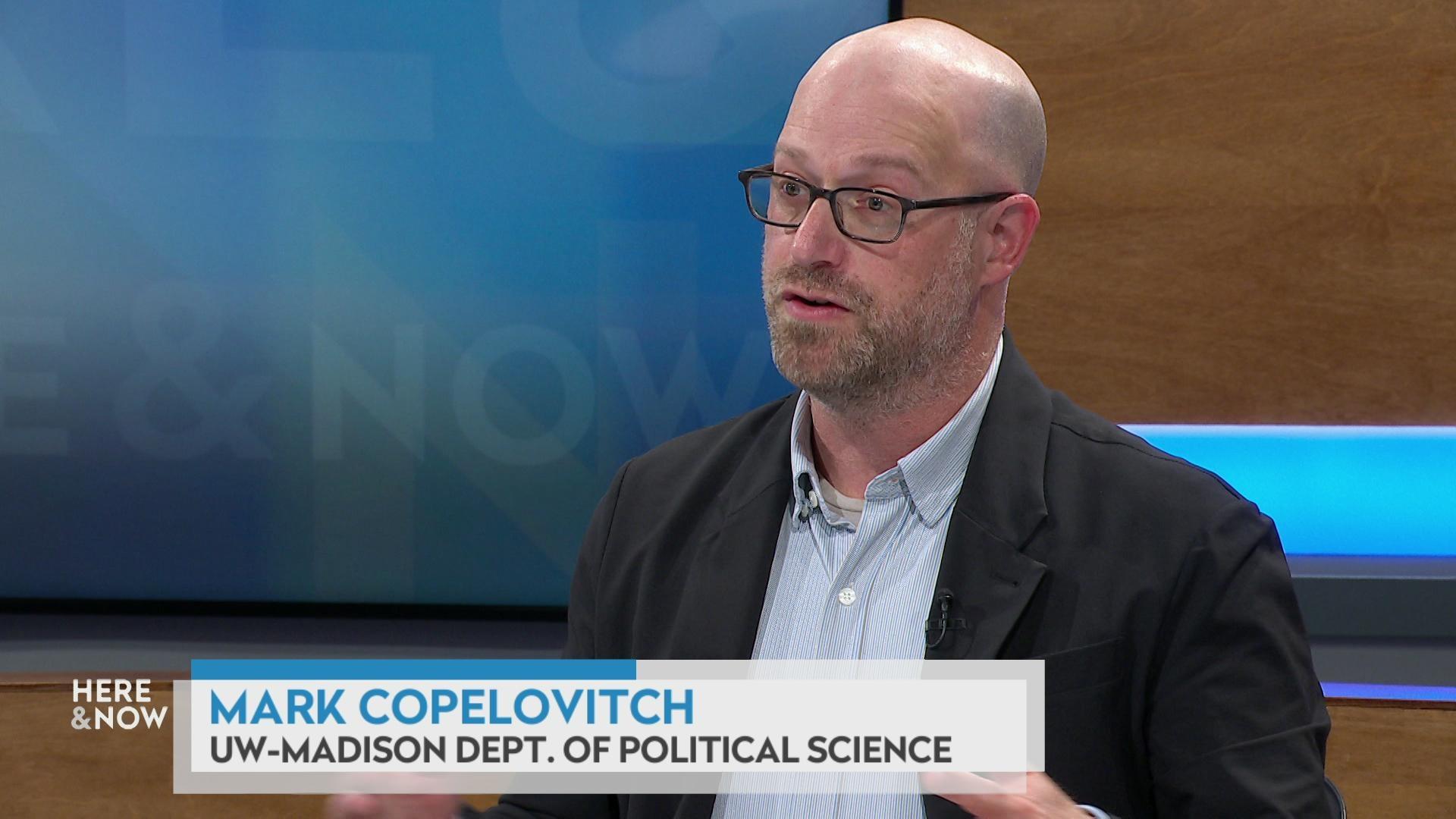
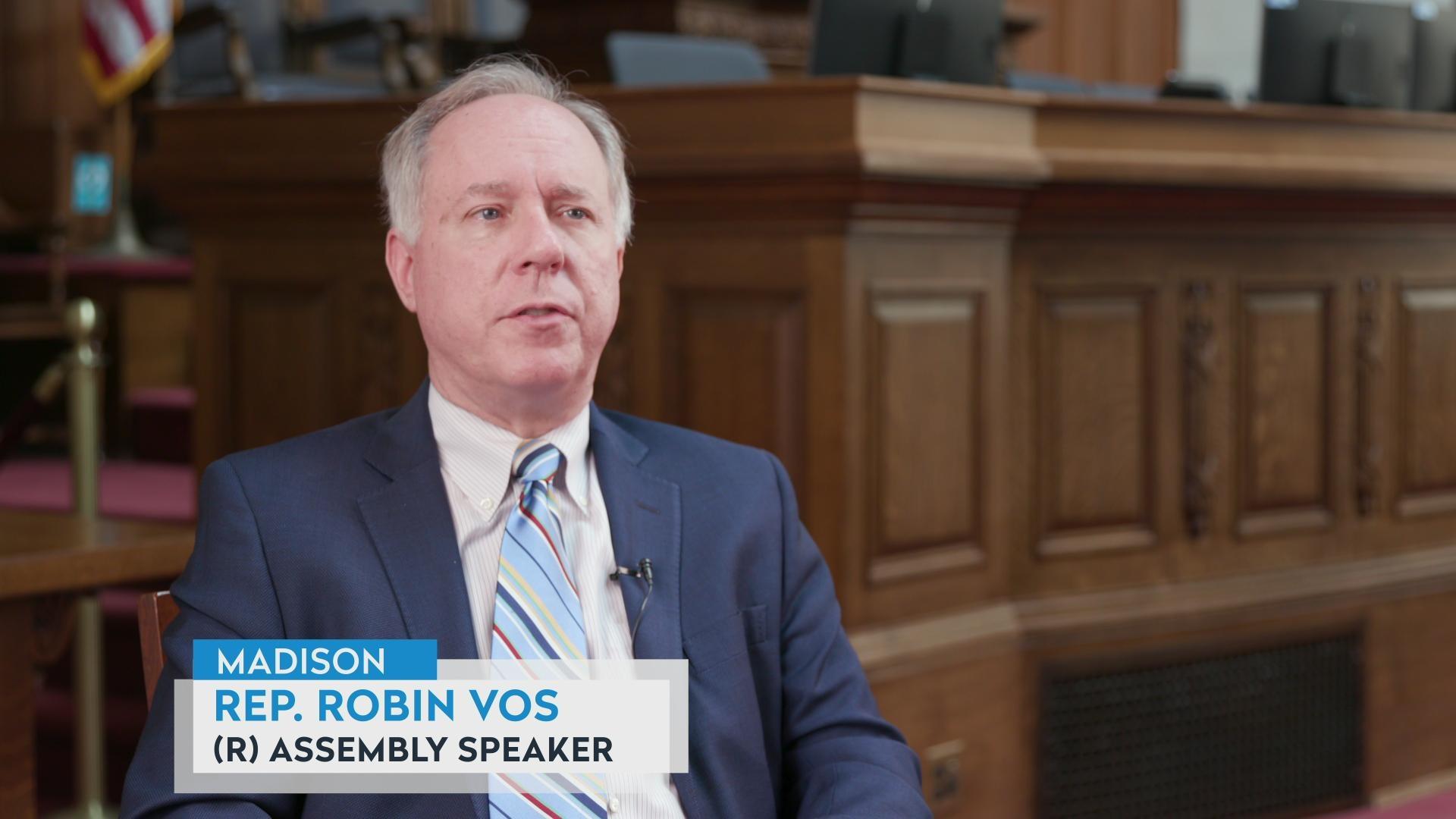


Follow Us